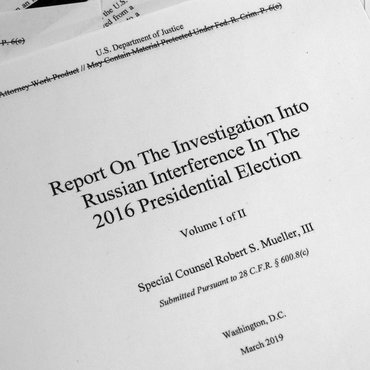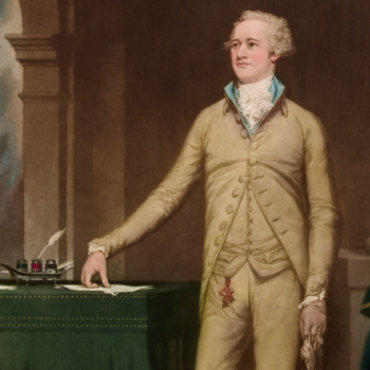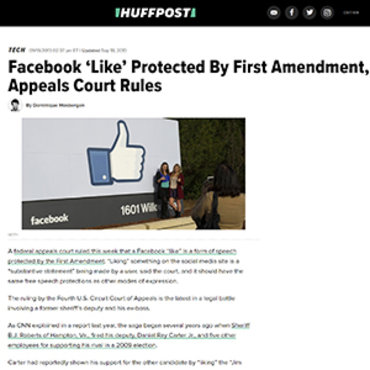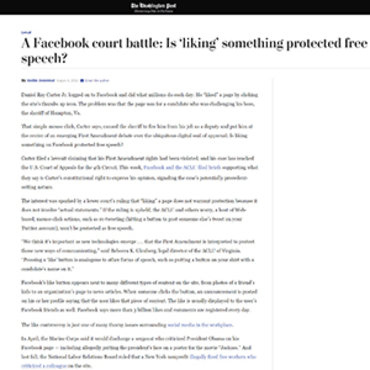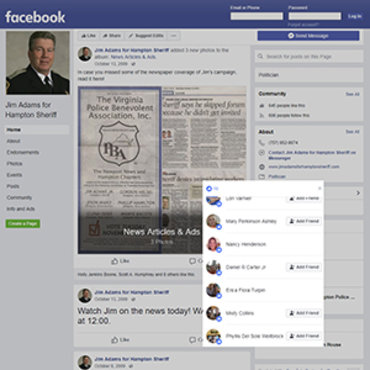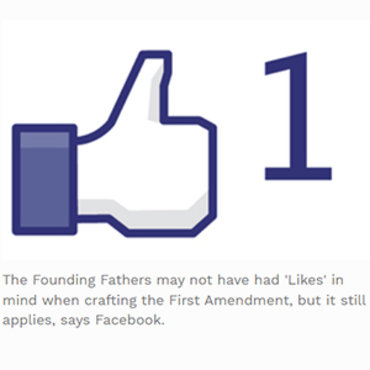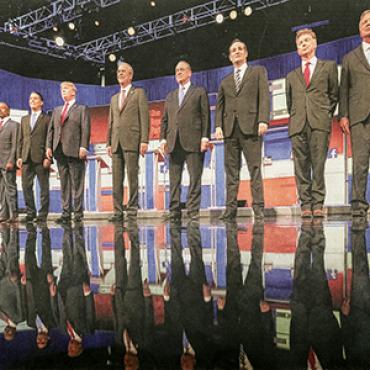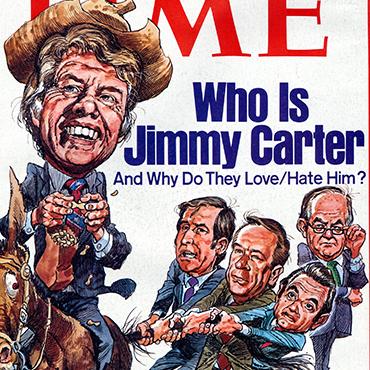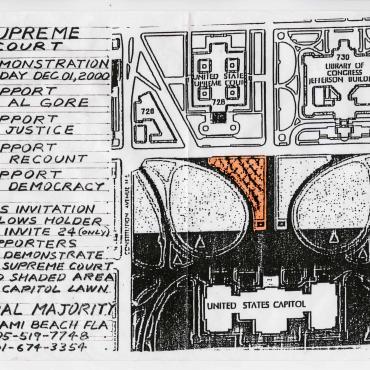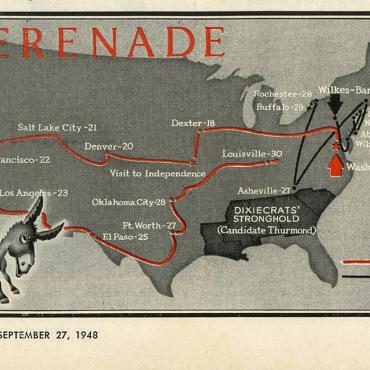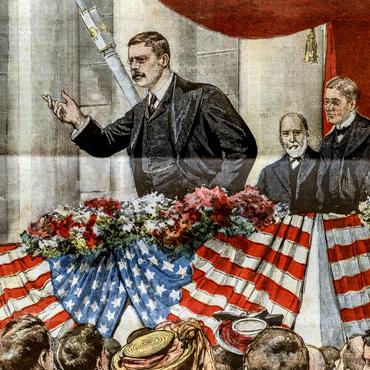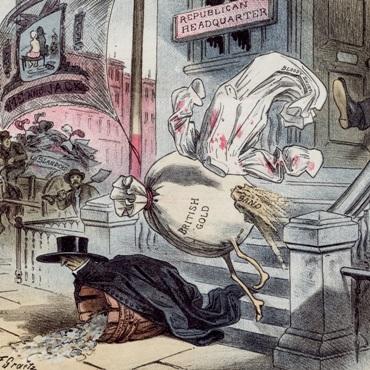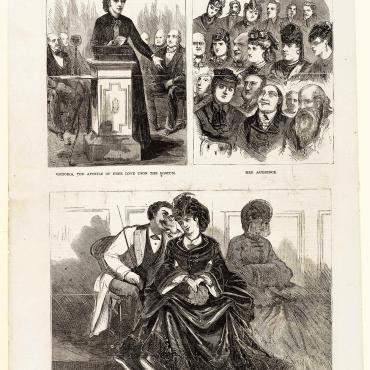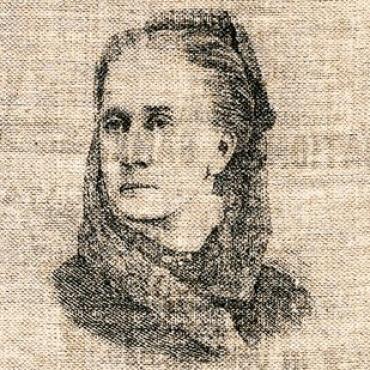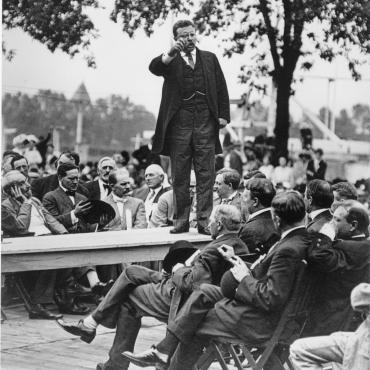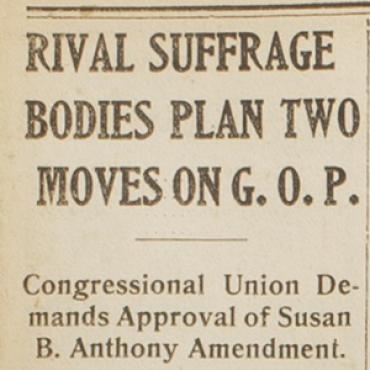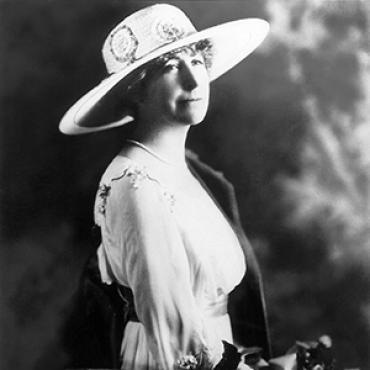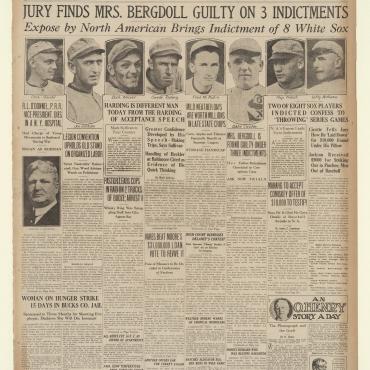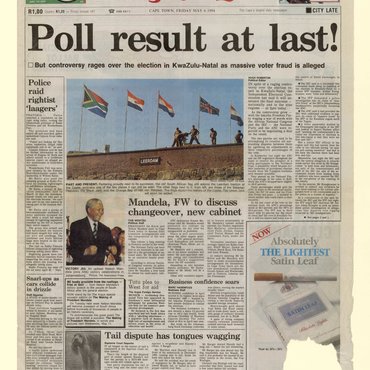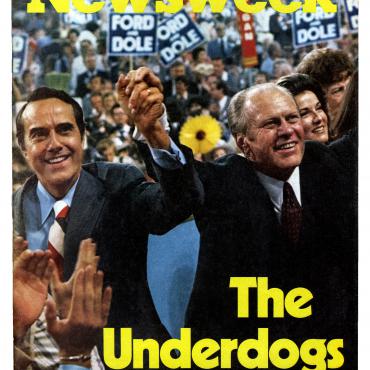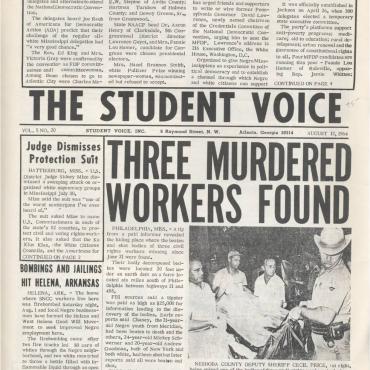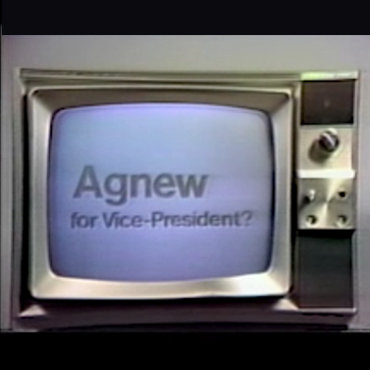
Evaluating Election Ads
In this activity, students examine some of the techniques political campaigns use in ads to persuade voters.
Get even more great free content!
This content contains copyrighted material that requires a free NewseumED account.
Registration is fast, easy, and comes with 100% free access to our vast collection of videos, artifacts, interactive content, and more.
NewseumED is provided as a free educational resource and contains copyrighted material. Registration is required for full access. Signing up is simple and free.
With a free NewseumED account, you can:
- Watch timely and informative videos
- Access expertly crafted lesson plans
- Download an array of classroom resources
- and much more!
- Elections
- Politics
- 6-12
- Open “Daisy Girl” and “Wolves” ads on a shared screen or create a share link for students to use on individual devices.
- Find and select two video ads from opposing sides in a current or recent election. We recommend browsing http://newrepublic.com/political-ad-database for 2016 presidential election ads and https://politicaladarchive.org for 2016 congressional election ads.
- Hint: You can use bit.ly to make short URLs for your students.
- Ask students: Why do political campaigns create ads?
- Ask students to list techniques that ads use to persuade viewers. Create a list on the board of their ideas.
- Explain that their ideas fall into two categories: claims and feelings. Ask students to define each.
- Claims are information about past events or future plans, answering questions such as: What has the candidate voted for? Against? What has the candidate done? Promised to do? What has the candidate said s/he supports? Opposes? (Note: Not all claims are facts.)
- Feelings are content that appeals to the viewers’ emotions, utilizing techniques such as music, symbols (flags, factories, service members, families), location and cinematic techniques (angle, black and white versus color, etc.).
- Pass out copies of the Evaluating Election Ads worksheet. Have students watch Lyndon B. Johnson’s “Daisy Girl” ad (1964) and George W. Bush’s “Wolves” ad (2004), and then in small groups discuss and complete the worksheet.
- Repeat the process with the two contemporary campaign ads of your choice.
- Copies of the Evaluating Election Ads worksheet (download), one per student or small group
- "Daisy Girl" ad and "Wolves" ad from Decoding Elections EDCollection, opening gallery below or sharing links with students
- Links to two contemporary election ads (source suggestions in instructions above)
After students have watched all four ads, discuss their findings as a group. Prompts include:
- Which persuasion techniques in the ads do you find to be the most effective? Which techniques do you find to be the least effective? Why?
- Which of these techniques do you see used the most often in election ads? Which do you see used the least often?
- Do you think that any of these election ads go too far? Why or why not? What aspects of a candidate, if any, should be off-limits for negative attack ads?
- Unlike in the 1964 ad, candidates today have to appear in ads produced by their campaigns (not by outside groups) and say, “I approved this message,” taking responsibility for the content. Do you think this has affected the amount of mudslinging in ads? Why or why not?
Election Ads to Analyze
Look at the ads below and complete the worksheet, identifying and analyzing the claims and feelings made in each one.
-
Common Core State Standards: CCSS.ELA-LITERACY.CCRA.SL.1
Prepare for and participate effectively in a range of conversations and collaborations with diverse partners, building on others' ideas and expressing their own clearly and persuasively. -
Common Core State Standards: CCSS.ELA-LITERACY.CCRA.SL.2
Integrate and evaluate information presented in diverse media and formats, including visually, quantitatively, and orally. -
Common Core State Standards: CCSS.ELA-LITERACY.CCRA.SL.3
Evaluate a speaker's point of view, reasoning, and use of evidence and rhetoric. -
Common Core State Standards: CCSS.ELA-LITERACY.CCRA.SL.4
Present information such that listeners can follow the line of reasoning and the organization, development, and style are appropriate to task, purpose, and audience.
-
ISTE: 3b. Knowledge Constructor
Students evaluate the accuracy, perspective, credibility and relevance of information, media, data or other resources. -
ISTE: 3d. Knowledge Constructor
Students build knowledge by actively exploring real-world issues and problems.
-
National Council of Teachers of English: NCTE.1
Students read a wide range of print and non-print texts to build an understanding of texts, of themselves, and of the cultures of the United States and the world; to acquire new information; to respond to the needs and demands of society and the workplace; and for personal fulfillment. Among these texts are fiction and nonfiction, classic and contemporary works.
-
NCSS Curriculum Standards: Topic 4, Standard 8C
The student understands changes in communication and their effects.









